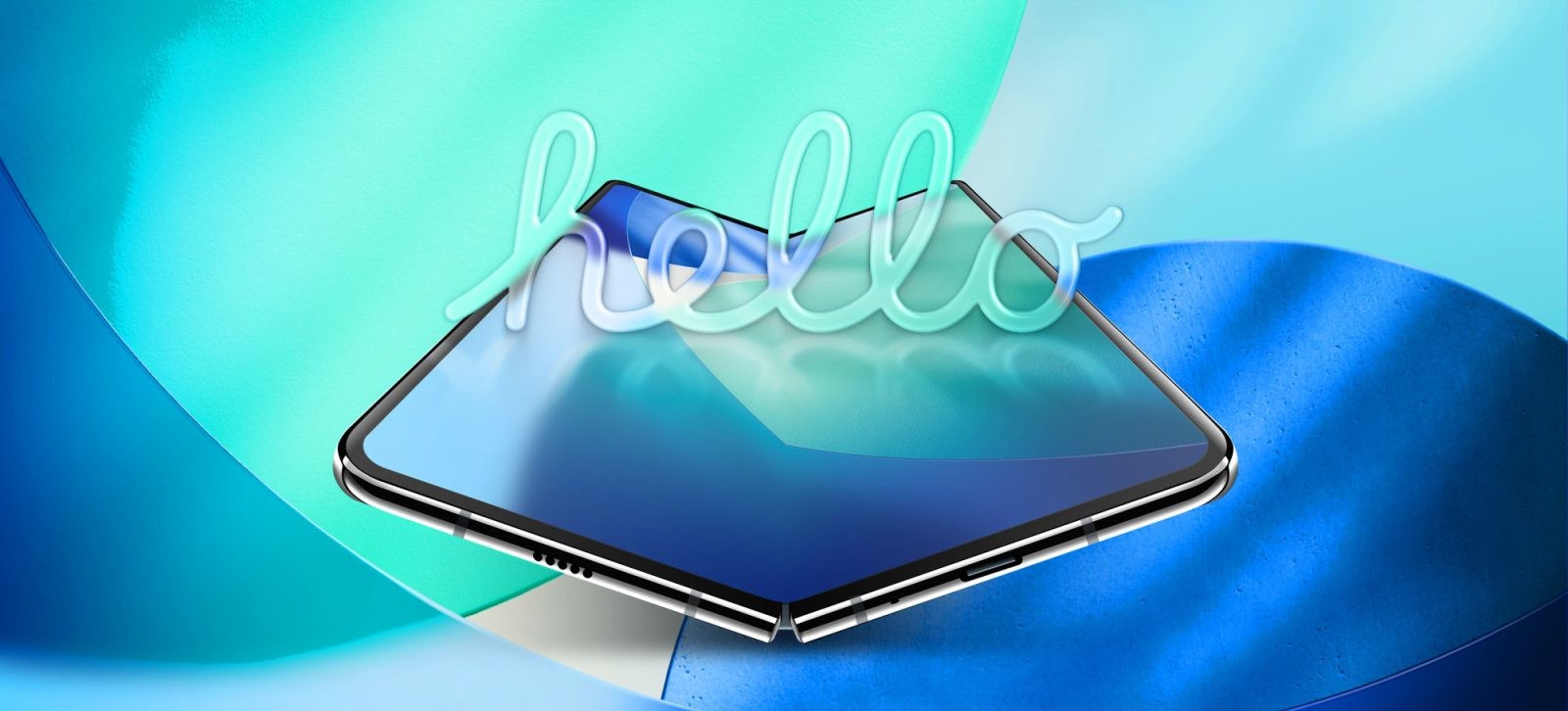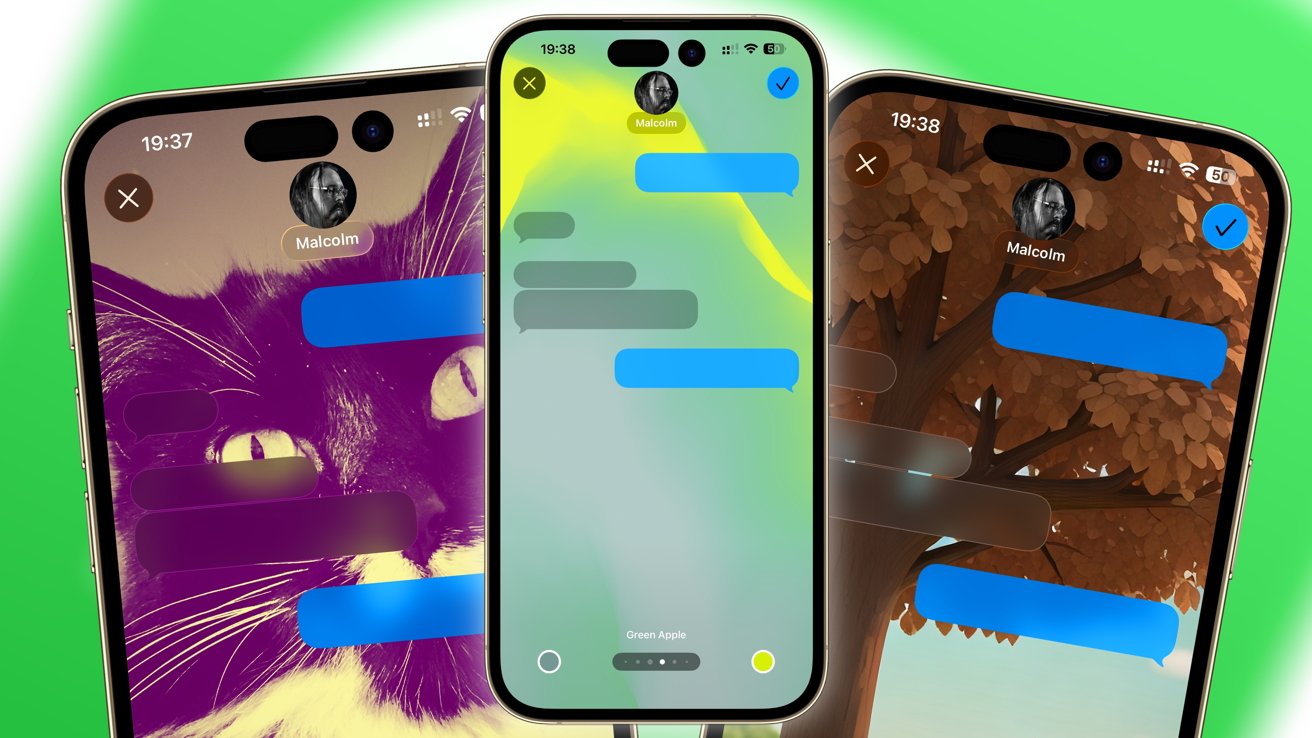The concept of a foldable iPhone has generated significant excitement, offering the promise of a device that combines the portability of an iPhone with the expansive display of an iPad mini. However, several factors may give potential buyers pause when considering the iPhone Fold.
Screen Size Considerations
Initial expectations for the iPhone Fold envisioned a device that, when unfolded, would provide a display size comparable to the 8.3-inch iPad mini. However, recent reports suggest that the actual screen size may be smaller. Analysts now anticipate the iPhone Fold to feature an internal display measuring approximately 7.6 inches. Given that the current iPhone 16 Pro Max boasts a 6.9-inch screen, the incremental increase may not be as substantial as some users had hoped. This modest gain raises questions about the device’s value proposition, especially for those seeking a significantly larger display experience.
Camera Capabilities
Apple’s commitment to sleek and slim designs has, in some instances, led to compromises in camera functionality. The iPhone Air, for example, sacrificed ultrawide and telephoto lenses to achieve a thinner profile. There is concern that the iPhone Fold may follow a similar path, prioritizing form factor over advanced camera features. For photography enthusiasts, this potential trade-off could be a significant drawback, as camera performance often plays a crucial role in device selection.
Durability and Design Challenges
Foldable smartphones introduce unique durability concerns, particularly regarding the hinge mechanism and screen integrity. The folding process can lead to visible creases along the display, which may detract from the user experience. Additionally, the complex hinge design presents potential points of failure over time. Apple is reportedly working on a liquid metal hinge mechanism that aims to be twice as strong as titanium to address these issues. However, perfecting this component has proven challenging, potentially delaying the iPhone Fold’s release to 2027. These durability considerations are crucial for consumers who prioritize device longevity and reliability.
Market Position and Pricing
The foldable smartphone market remains a niche segment, with a penetration rate of approximately 1.5% expected for 2025. Apple’s entry into this market is anticipated to be a pivotal moment, potentially driving broader adoption. However, the iPhone Fold is expected to come with a premium price tag, estimated between $2,000 and $2,500. This pricing positions the device as a luxury product, potentially limiting its appeal to a broader audience. Analysts have expressed concerns that consumer demand at this price point may not align with market expectations, posing a risk to the device’s success.
Battery Life and App Optimization
Foldable devices often face challenges related to battery life and software optimization. The larger, more active screens consume more power, potentially leading to shorter battery life compared to traditional smartphones. Additionally, not all applications are optimized for the unique screen layouts of foldable devices, which can result in distorted or awkward app displays. These factors can impact the overall user experience, making it essential for potential buyers to consider how these issues may affect their daily usage.
Conclusion
While the iPhone Fold represents an exciting advancement in smartphone technology, potential buyers should carefully consider these factors. Screen size limitations, potential compromises in camera capabilities, durability concerns, high pricing, and challenges related to battery life and app optimization are all critical aspects to evaluate. As with any emerging technology, weighing the benefits against the drawbacks is essential to making an informed purchasing decision.



